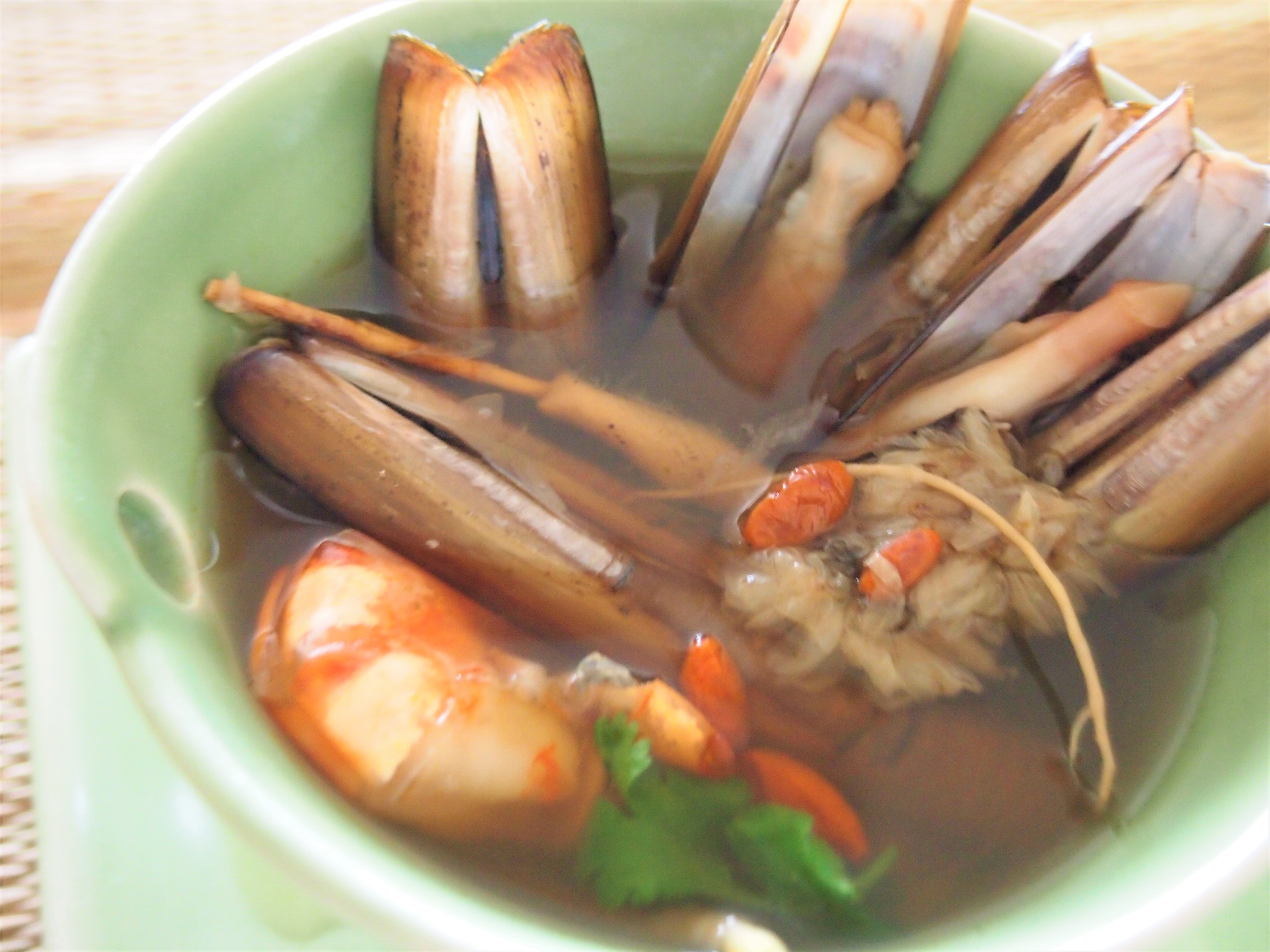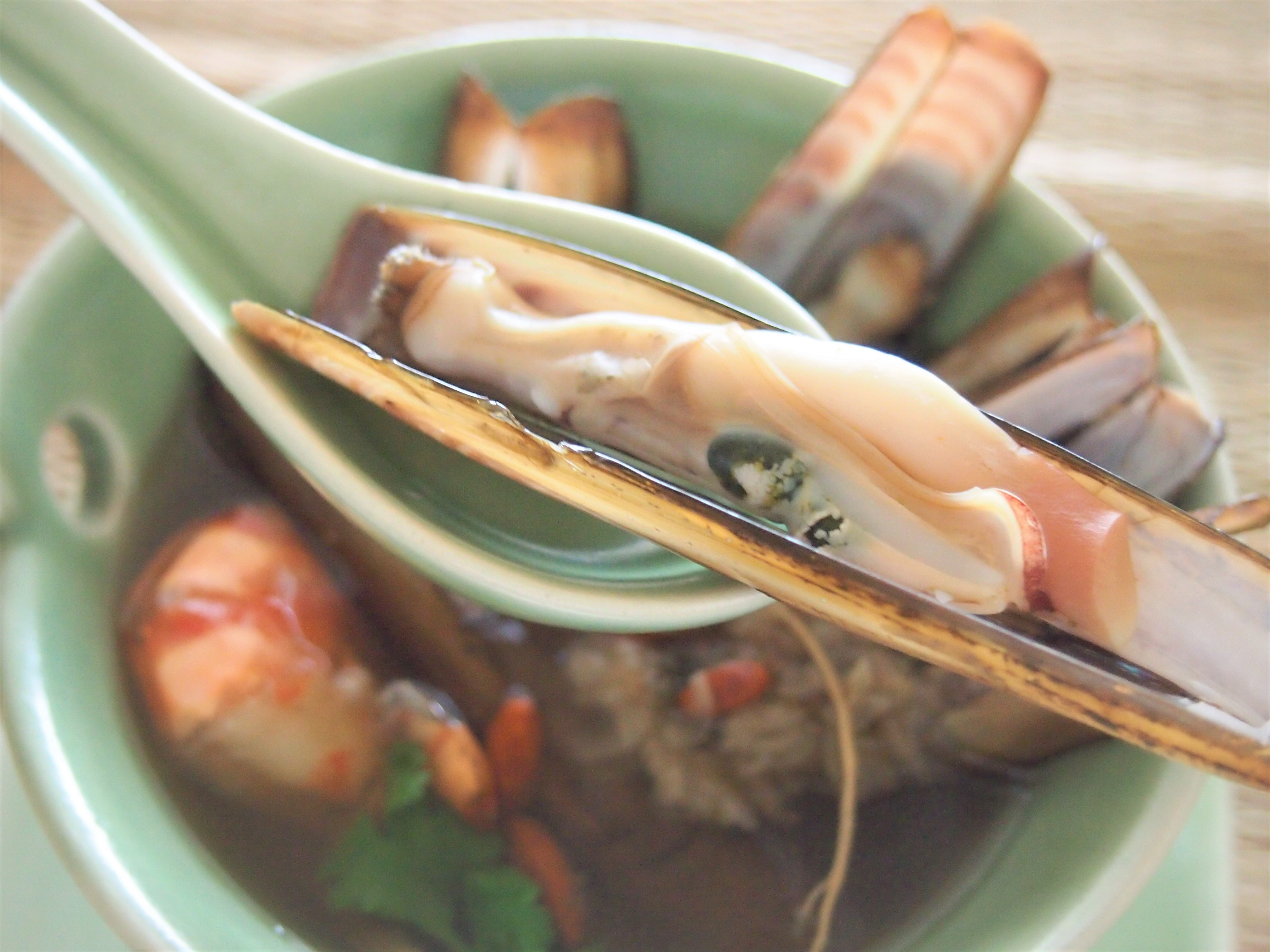
This is my first post for the section of medicinal cuisine.
Medicinal cuisine (药膳) is a branch of Chinese cuisine, that makes use of medicinal herbs and roots in the preparation of every food: that is to say, to consume these medicines not only when ill, but also when one is healthy. The aim is to “nurture your body”, called in Chinese “yang shen” (养身). Yang Shen is an important concept in medicinal cuisine. One has to look at the composition of the eater’s body, whether the person is prone to warmth or cold, weak in oral, respiratory, blood, bones or muscular functionings, and therefore decide on the ingredients to use.
Most Chinese mothers know that all foods are divided into three main categories: hot, neutral and cold. Hot food will increase blood flow, neutral does not have any effect at all, while cold foods slows down your blood circulation. Giving the wrong food to the wrong person at the wrong time of the year will tip the balance and the body’s defense system becomes weak, then one will be prone to falling sick.
In this recipe, because I do not know the composition of the eater’s body, I have sought to balance the recipe to neutral, so as to bring about the flavour and scent I want without affecting one’s health. The meats here are razor clams and prawns. Prawns has a lot of flavour which I need that the clams do not have. While prawns are neutral, they are toxic because they consume decaying animals in the sea. To counter the toxins, I have used the traditional Chinese solution: ginger and wine. Ginger and wine are hot foods, and so are goji berries and ginseng. Fortunately the clams are cold food, but just the clams are not enough, I have added yam rhizome and chrysanthemum. White chrysanthemum flowers from Hangzhou are famous for their fragrance and are used in making chrysanthemum tea. Using these flowers in my recipe gives it an amazing aroma stuns the eater when served.
There are more than ten kinds of almonds. In Chinese medicinal cuisine, two are used: “southern” almonds (南杏) and “northern” almonds (北杏). Northern ones are toxic and should not be consumed excessively. They taste bitter, but are great in stopping coughs. Southern almonds are sweet and can be used in soups. Not as strong medicinally as their northern cousins, they soothe your respiratory system when taken over a long period of time.
Other herbs used in this recipe have other uses: Ginseng improves your blood circulation and boosts your condition; Goji berries have the highest content of Vitamin C in any fruit and they lower blood pressure and strengthen your liver; Yam rhizome improves your urinary functions.
Ingredients:
- 20 live razor clams
- 4 fresh large tiger prawns with heads and unshelled
- 1l water
- 3tbs dried goji berries 枸杞
- 1 handful, dried ginseng 人蔘
- 2tbs, “southern” almonds 南杏
- 3 slices, yam rhizome (dioscorea opposita) 山药
- 15-20 dried white chrysanthemum flowers from Hangzhou (chrysanthemum morifolium) 杭白菊
- 3cm long fresh ginger, skinned
- 1tps salt
- 4tbs Shaoxing wine
Serving: 4 persons
Steps:
- First you need to prepare the herbal broth. Bring to boil one litre of water in a pot. Once the water is boiling, turn to low heat and add in your ginseng, goji berries, yan rhizome, almonds, chrysanthemum and ginger. Keep it simmering until the goji berries and ginseng are soft and mushy. That should take around 45 minutes. Turn off the fire. Add a bit of salt to taste.
- Meanwhile, you need to get the sand out of your live razor clams. Put them in a container, add a lot of salt and water. Keep it covered for about 30 minutes. Drain, rinse and set aside.
- I am steaming it in a wok with a bamboo steamer and cover. Place sufficient water in the wok, place the steamer and its cover over the water and bring to boil.
- Prepare four bowls of about 350ml capacity. In each bowl, add one tablespoon of Shaoxing wine, five razor clams, and one tiger prawn. Then pour 250ml of your herbal broth andits content into each bowl. Do not worry if the broth does not cover the clams entirely.
- Place all four bowls in the steamer and cover. Steam for about 10 minutes. Serve.
Tips: If you have bamboo bowls, use those instead. But increase the steaming time to about 20 minutes. This dish makes a splendid and impressive appetizer.
You may want to try my other recipe on razor clams: Steamed razor clams with sizzling garlic or Hockchew Clam Fritters


